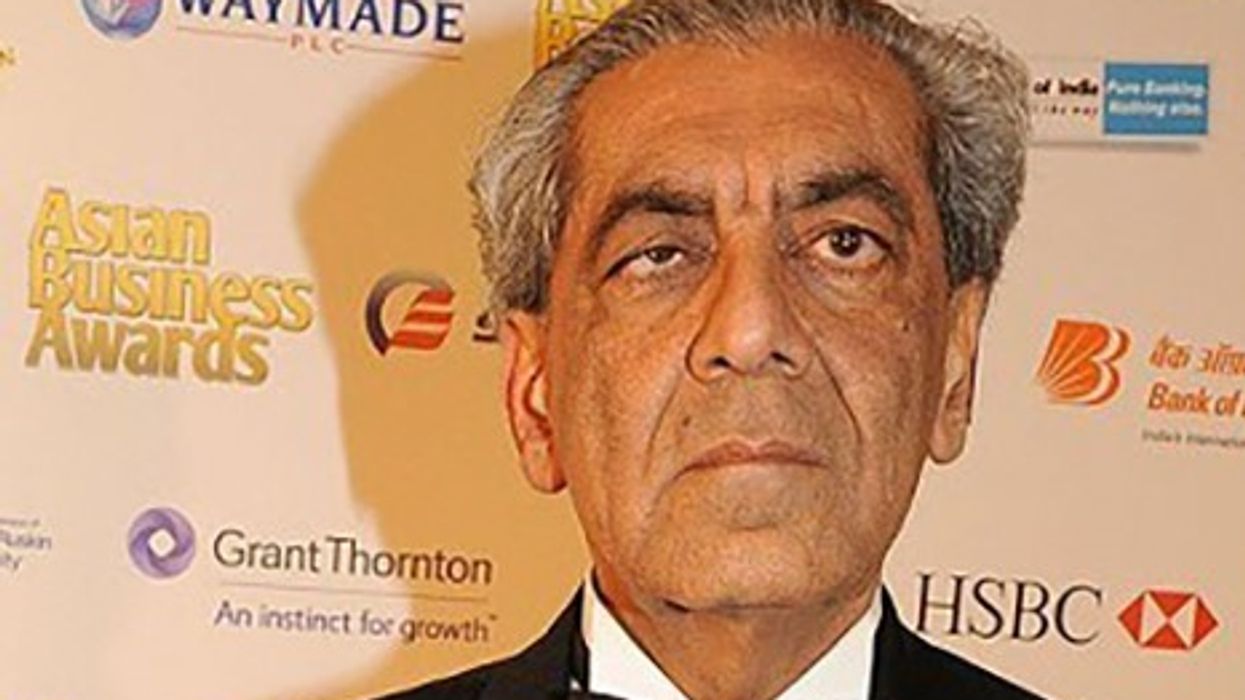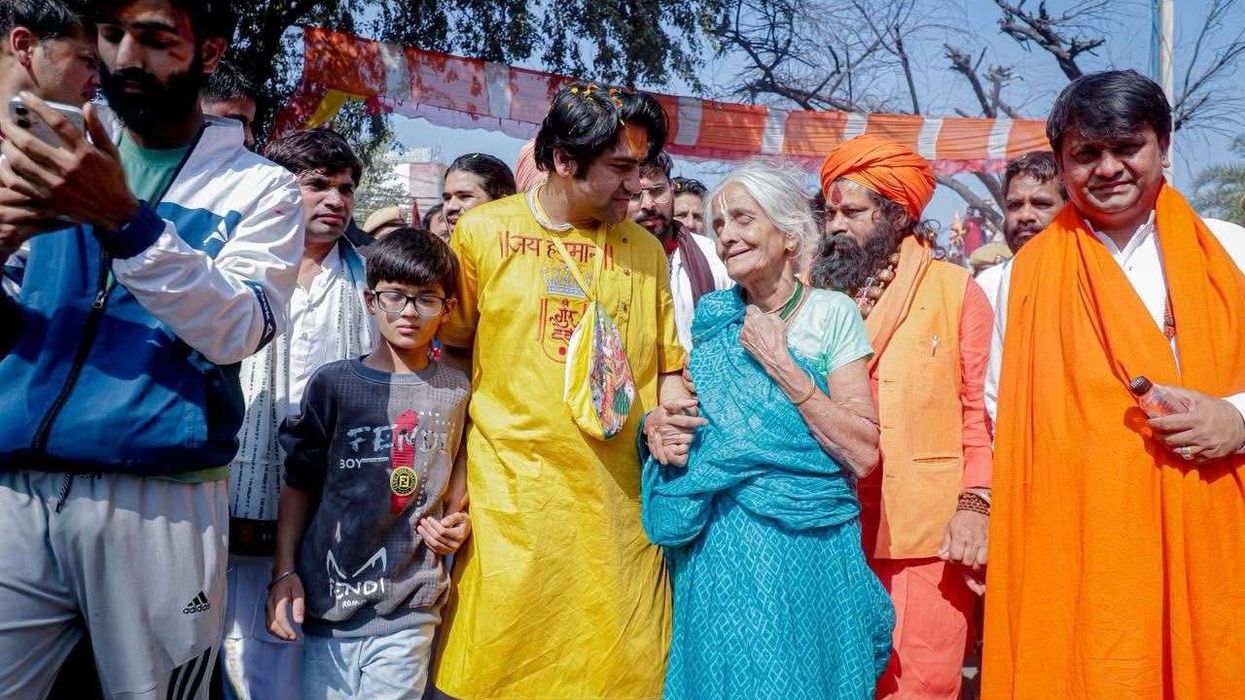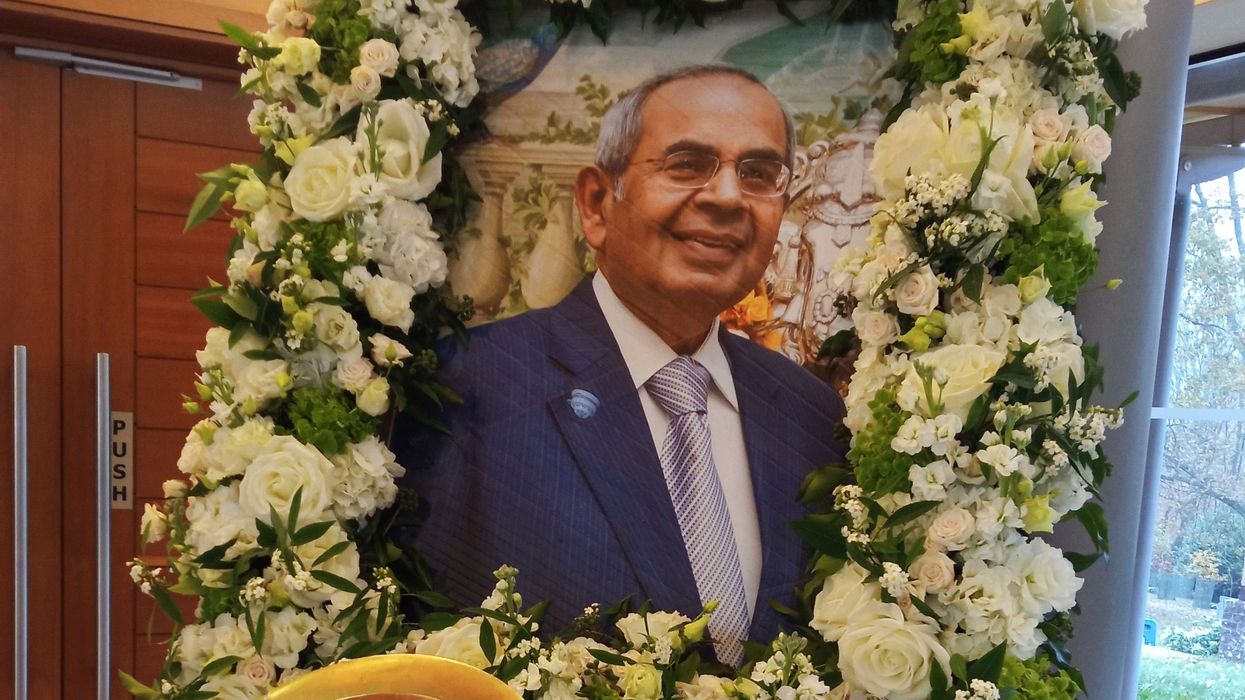By Jas Singh Khatkar – The Sikh Network
Life as we know it has been completely turned upside down. In the UK, we have seen the largest Covid-19 death rate across Europe and currently second globally behind the USA. This is very concerning given we are a leading G7 nation with a high quality, albeit under-funded, health service. Government preparation, reaction time, policy and implementation has been seriously questioned.
The lack of data or the ignorance of it?
Ethnic minority communities appear to have been the hardest hit (two-four times higher death rates than the white population) and yet there is evidence to show public bodies sadly are not reporting data on ethnicity or faith. Having this information would enable targeted interventions which could safeguard communities as well as meeting the public sector duty within the Equality Act (2010).
Due to the pressure from the NHS, community groups and the media, the government have announced that Public Health England (PHE) will lead a review into the impact of Covid-19 on the BAME community. Only recently have PHE and the Office for National Statistics (ONS) started to share ethnicity data regarding Covid-19 deaths in the UK.
The Impact on Sikhs
Sikhs in the UK are a very visible minority community, whilst representing less than c.1 per cent of the population, they have disproportionally been impacted by Covid-19. Unfortunately the UK government and ONS have refused to include Sikhs as an ethnic group in the census, despite the public duty and being legally recognised as an ethno-religious group for 40 years. Therefore regardless of any inquiry, Sikhs will remain invisible and face discrimination by policy and decision makers.
This clear lack of data has made reporting and responsive guidance for at risk communities, near impossible. Instead blanket advice has placed great strain on BAME communities, including the Sikhs. The lack of engagement with representative Sikh places of worship, Gurdwaras, and organisations has led to impractical and insensitive arrangement for worship and funeral arrangements, leaving the Sikh community to self-manage national guidance with religious practices.
Upon hearing and feeling the direct suffering and tragic news of so many deaths, such as Dr Manjeet Singh Riyat who was the first Sikh Lead A&E Consultant (working at Derby Royal Hospital), many Sikh groups decided to act. National Sikh organisation such as The Sikh Network, Sikh Federation (UK) and Sikh Council UK, together with the Sikh Doctors Association, started to collate their own data on the number of Sikh deaths due to this virus. Using data direct from Sikh and Asian funeral directors and Sikh Gurdwaras we complied a shocking picture of the reality on the ground. By the end of March over 47 per cent of all Sikh deaths in the West Midlands were due to Covid-19, this increased to 60 per cent nationally by mid-April, more than twice the national average.
Sikh religious festivals have also had to adapt, towns and cities across the UK would normally be filled with vibrant cheer and celebration throughout the month of April, as Sikhs mark Vaisakhi, the the birth of the Khalsa, with processions and events. However with isolation and restrictions, Sikhs have had to be innovative and creative using online web streaming tools and social media to express their joy and celebrations through lockdown.
Despite all this, what will surprise many is the tremendous community outreach of compassion shown by the Sikhs through their selfless service for all. As the pandemic forced restrictions on Sikh Gurdwaras, many have taken the Sikh principle of Langar (free kitchen) out to the most vulnerable., serving over 150,000 meals a week.
So why have Sikhs been at greater risk?
The Sikh community have been at greater risk due to a number of social and medical characteristics:
- Higher co-morbidity risk profile- due prominent underlying health conditions such as diabetes, blood pressure and heart disease;
- Co-habiting of elders with families;
- Disproportionate number of Key workers in the NHS and wider services; and
- We have also seen many Sikhs stranded abroad in India and many other countries where they increased risk due travel, before returning home.
Delayed and standard issued guidance by the government also played a big part. We are aware of cases where individuals from higher risk groups (males over 65) had contracted the virus from attending funerals and other family functions, before any of the advice for vulnerable groups was shared, tragically many of them have since died.
The lack of Personal Protection Equipment (PPE) has been a major talking point for many weeks. However the additional concern for Sikhs has been the lack of suitable options and fit tests, of face masks for those health care workers who keep full beards as part of their faith. Depressingly we have heard of cases where Sikh doctors have felt forced to shave their beards in order to continue doing their life saving jobs. This is unacceptable and a complete failure of employee safeguarding, caused by the lack of consideration and engagement by PHE and the government with Sikhs.
The Sikh Network has been reaching out to PHE and MHCLG to raise the concerns of the community, but have struggled to be heard. Little or no response has been received, despite the clear data and analysis Sikh organisations have conducted. This amounts to negligence on the part of the government, placing even more lives at risk. Despite the Secretary of State for Communities publicly stating that he has been working with faith groups, It is unclear as to whom he is referring to as most groups we have spoken to seem to be being ignored.
We have, however, been invited to be part of and provide evidence to the Covid-19 BAME review initiated by Keir Starmer, leader of the Labour Party, to be led by Baroness Doreen Lawrence.
So what Next?
Whilst the PHE inquiry into the impact on BAME communities are welcome, for Sikhs this is just another government review that will ignore the needs of Sikhs, needs which could make the difference between life and death. Consequently the inquiry should examine if public bodies and decision makers provided timely and appropriate advice to those at greatest risk.
The Sikh Network have advised PHE to consider issuing advice for the Sikh community in Punjabi, with emphasis on the following:
- Ensuring all medication for ongoing health issues is taken as prescribed and kept updated;
- More frequent checks & tests for Diabetics, blood pressure and heart condition sufferers;
- Stricter monitoring of high sugar food intake, especially given lock down and lack of exercise;
- Taking extra precautions to protect the immune system (particularly where this is affected by ethnicity such as vitamin D deficiency) for those more vulnerable; and
- More attention to the mental health due to isolation and government lockdown, especially the restrictions on visiting places of worship.
Proper consultation with the Sikh community is critical, especially when it comes to easing of the restrictions on places of worship and funerals. We hope the NHS and PHE will reach out to us and other ethnic minority groups that best understand community demographics and needs.
So as restrictions, isolation and social distancing measures will remain for the foreseeable future, there must be better engagement and a considered strategy for faith groups and ethnic minority communities so that we save lives.
Nanak Naam Chardi Kala, Tereh Bhaneh Sarbat Da Bhalla
"Nanak asks for 'Naam' (name of God) with which comes well being, & a positive spirit. With your blessings, Lord may everyone in the world prosper and be in peace"













How Covid-19 has impacted the Sikh Community – A personal insight